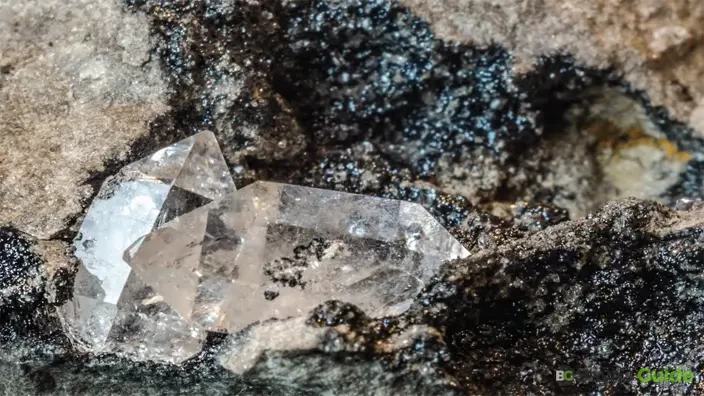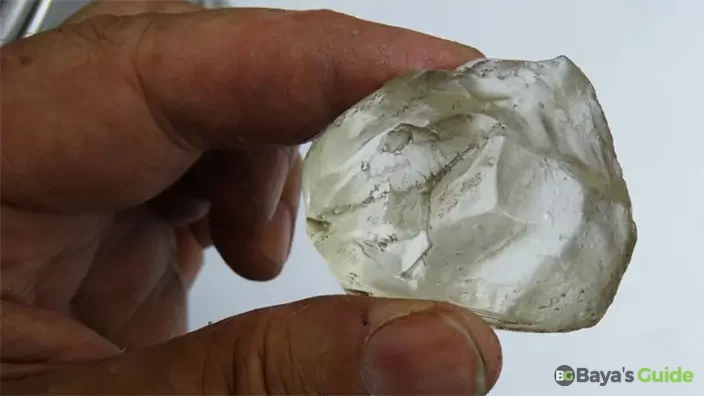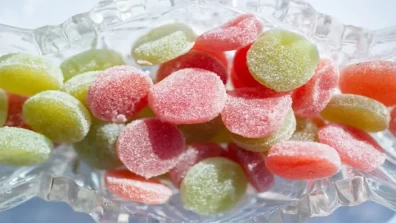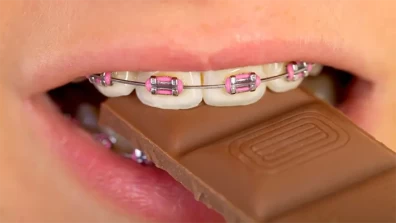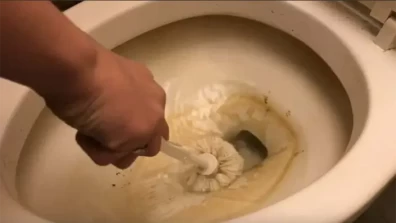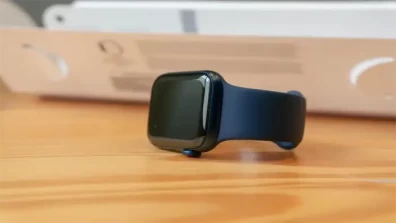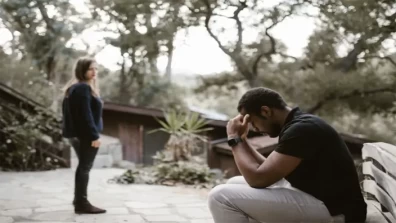Raw diamonds, also known as uncut or rough diamonds, are natural gems in their purest form. Different from their polished counterparts, raw diamonds have not undergone the cutting and polishing processes that reveal their brilliant facets. Identifying raw diamonds requires a combination of knowledge about their physical characteristics and a keen eye for observation. In this guide, you'll explore the key features that can help you distinguish a raw diamond from other minerals.
Table of Contents
Raw Diamonds: Nature's Hidden Treasure
- Raw diamonds are unpolished gems completely different from crystal figure & form.
- Real diamonds are identified due to their distinct physical properties.
- If scraping your gem makes it scratched on corundum.
- The density of a real diamond is 3.5 - 3.53 g/cm3.
- The real diamond sinks in the water.
- The real diamond gets no harm if you put a lighter to it.
- Make your gem checked by a professional jeweler whether it’s a real diamond.
Quick Diamond Authentication Techniques
1- Shape & Texture
Raw diamonds often have an octahedral, dodecahedral, or cubic crystal shape. They may also exhibit a rough, textured surface with irregular facets. While other minerals may share similar shapes, the combination of form and texture can indicate a raw diamond.
2- Color
Diamonds come in various colors, and raw diamonds can display shades ranging from colorless to shades of brown, yellow, or even green. However, pure carbon, which diamonds are composed of, is generally colorless. Thus, a truly colorless raw diamond is a rare find.
3- Transparency
Raw diamonds are typically not as transparent as their polished counterparts. Many raw diamonds have a cloudy or milky appearance due to inclusions and impurities. However, some may exhibit a high level of transparency.
4- Luster
Diamonds have a unique adamantine luster. While raw diamonds won't have the same dazzling sparkle as cut diamonds, they may still exhibit a subtle brilliance. Look for a glassy or metallic luster that sets diamonds apart from other minerals.
5- Hardness
Diamonds are the hardest known natural material. You can test a suspected raw diamond's hardness by scratching it against a known diamond or using specialized tools like a Mohs hardness tester. If it leaves a scratch on the surface, it could be a diamond.
6- Fluorescence
Some diamonds exhibit fluorescence under ultraviolet (UV) light. While this isn't a foolproof test, exposing a suspected raw diamond to UV light can sometimes reveal a bluish or whitish glow.
7- Weight
Diamonds are dense, so a raw diamond will feel heavier than most other minerals of similar size. However, this method is less accurate and requires a calibrated scale.
Discover More:How To Reheat A Burrito
Home-Based Diamond Identification Techniques
1- Use A Diamond Tester
You can buy a diamond tester online. You can use it for a sure test after putting the diamond on the device that’ll make the green light on. And, if the diamond is not a real one, it’s an ordinary gem. On the other hand, the device gives light and noise, the gem is the real diamond. If the light doesn’t flicker, it’s simply fake.
Make sure the diamond testing device you’re going to purchase should be from an authentic manufacturer. You may read the reviews of customers for the authenticity of the product.
2- Count The Sides Of The Crystal
Some people who have a close link with diamonds may identify their genuineness by counting the sides of the gemstone by looking down at its top. Most diamonds have four points. Over and above, theQuartz crystals have six sides with a little difference. Similarly, the same diamonds may come in cubic form.
3- Specific Gravity Test
Weighing the diamond also matters to test the genuineness of the diamond which can be measured by purchasing an electric scale. You need to place a mineral on the scale and check whether its weight is equivalent to it. Electric scales are prior to other measuring tools.
4- Water Test For Diamond Identification
To evaluate a diamond at home, fill a plastic cup with water, submerge the crystal on a measuring scale, and set it to zero. Hold the gem in water, avoiding sinking, and weigh it with a straightened paper clip. Deluge the stone underwater, ensuring it doesn't hit the cup sides. Note the stone's weight in air and water. Calculate density by dividing the weight in air by the weight in water. If the density is 3.5 - 3.53 g/cm3, it's likely a diamond. A professional assessment is advised for accuracy. Stone Weight: 4.8g/16.84g, Density: 3.51 g/cm3. Verify results with a jeweler.
5- Kimberlite Pipe Assessment For Diamonds
Kimberlite pipes are found in Earth’s crust known as igneous stones formed from volcanic pipes under the very exterior surface of the soil. Natural diamonds are dug out mostly from these kimberlite pipes. If the mineral you are testing was sourced from the dykes of a kimberlite pipe, the sure likeliness is that the diamond is the original one.
Advanced Diamond Authenticity Tests At Home
While basic diamond testing can be done using a loupe and a thermal conductivity tester, more advanced methods at home include:
1- UV Light Testing
Diamonds often fluoresce under ultraviolet (UV) light. Use a UV light source to check for fluorescence, which can help authenticate diamonds.
2- Electric Conductivity Tester
Diamonds are generally good conductors of electricity. Some advanced testers can assess a diamond's electrical conductivity, but these tools can be expensive.
3- X-Ray Testing
Specialized X-ray machines can be used to inspect the internal structure of a diamond. This is more complex and typically requires professional equipment.
4- Refraction Measurement
A refractometer can help measure a diamond's refractive index, providing information about its optical properties. However, this requires some expertise to interpret accurately.
Note: Always exercise caution and, if in doubt, consult with a professional gemologist or jeweler for a thorough examination.
Frequently Asked Questions
What Do Raw Diamonds Look Like When Found?
Raw diamonds are rough and hardest surfaces completely distinct from their fired, sparkled, and polished counterparts. Raw diamonds simply look like ordinary pebbles, small parts of a rock. But the horologists can easily judge their unique crystal structure through closer inspection. Usually, they are formed as tetrahedron or octahedron from the heated surface of the soil.
How Can You Tell If A Stone Is A Diamond?
Besides all the methods you can apply at home to test the reliability of the real diamonds, another simplest way is casting sunlight which can also determine whether the diamond is genuine or not. Diamonds often bounce back the rainbow-colored flashes when you put them in a cross of sunlight whereas the other faux stones are exposed as dull, drab, and lifeless.
Do Raw Diamonds Sink Or Float?
Diamonds are the naturally found hardest rocks on the earth. They are dense and high in weight; they instantly sink to the bottom as soon as you drop them into shallow water. Whereas the other artificial or fake gemstones as glass and quartz begin floating on the water as they lack density and hardness.
How Do You Quickly Tell If A Diamond Is Real?
There is another quick method to check the originality of the diamond by performing a scratch test. Hold a diamond and scratch it across the mirror you have at home for a few seconds, if the mirror gets scratched or damaged, make sure that the diamond is the original one. On the contrary, if the gemstone is damaged or scraped, then the mineral is likely a fake one.
What Color Is A Raw Diamond?
Raw diamonds can exhibit a range of colors. They can be colorless, shades of brown, yellow, or even green. Rather the raw diamonds may seem blue, grey, black, or pink sometimes. The presence of impurities and inclusions contributes to the varied colors observed in raw diamonds. While colorless raw diamonds are rare, the majority will have a noticeable hue due to natural elements present during their formation. Remember, they mostly come in octahedron shape- 8 faces, 6 vertices, and 12 edges.
Conclusion
Identifying raw diamonds involves a combination of factors, including shape, color, transparency, luster, hardness, fluorescence, and weight. It's important to note that these characteristics can vary, and some may overlap with other minerals. For a definitive identification, consult with a professional gemologist or use specialized testing equipment. If you're considering investing in or collecting raw diamonds, developing a trained eye through education and experience is crucial for accurate identification.

